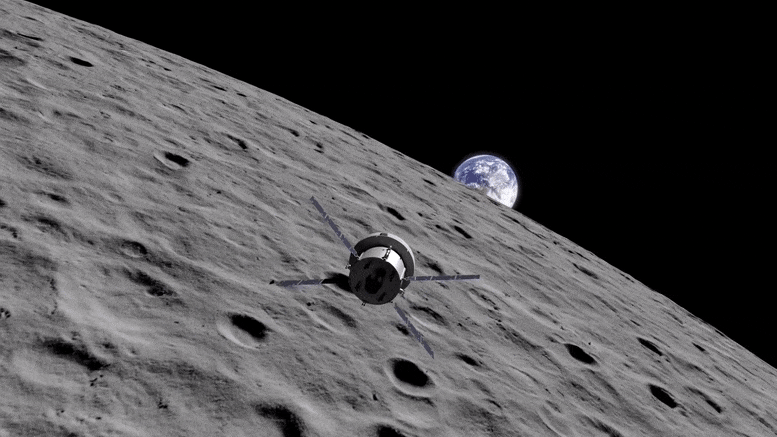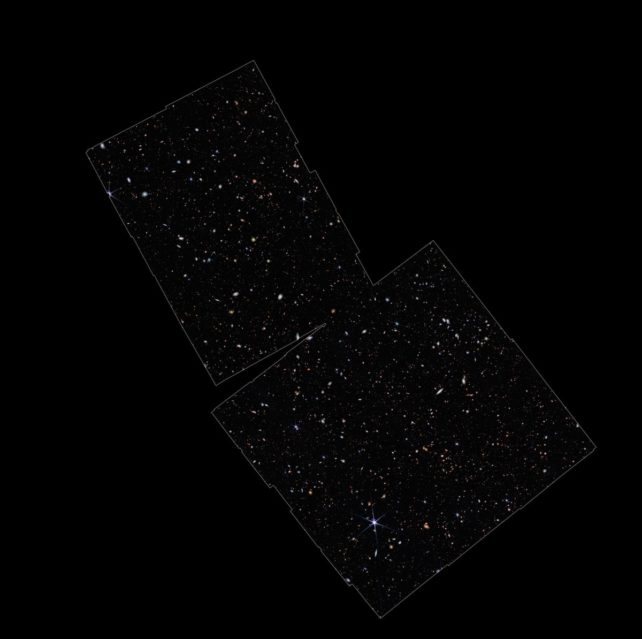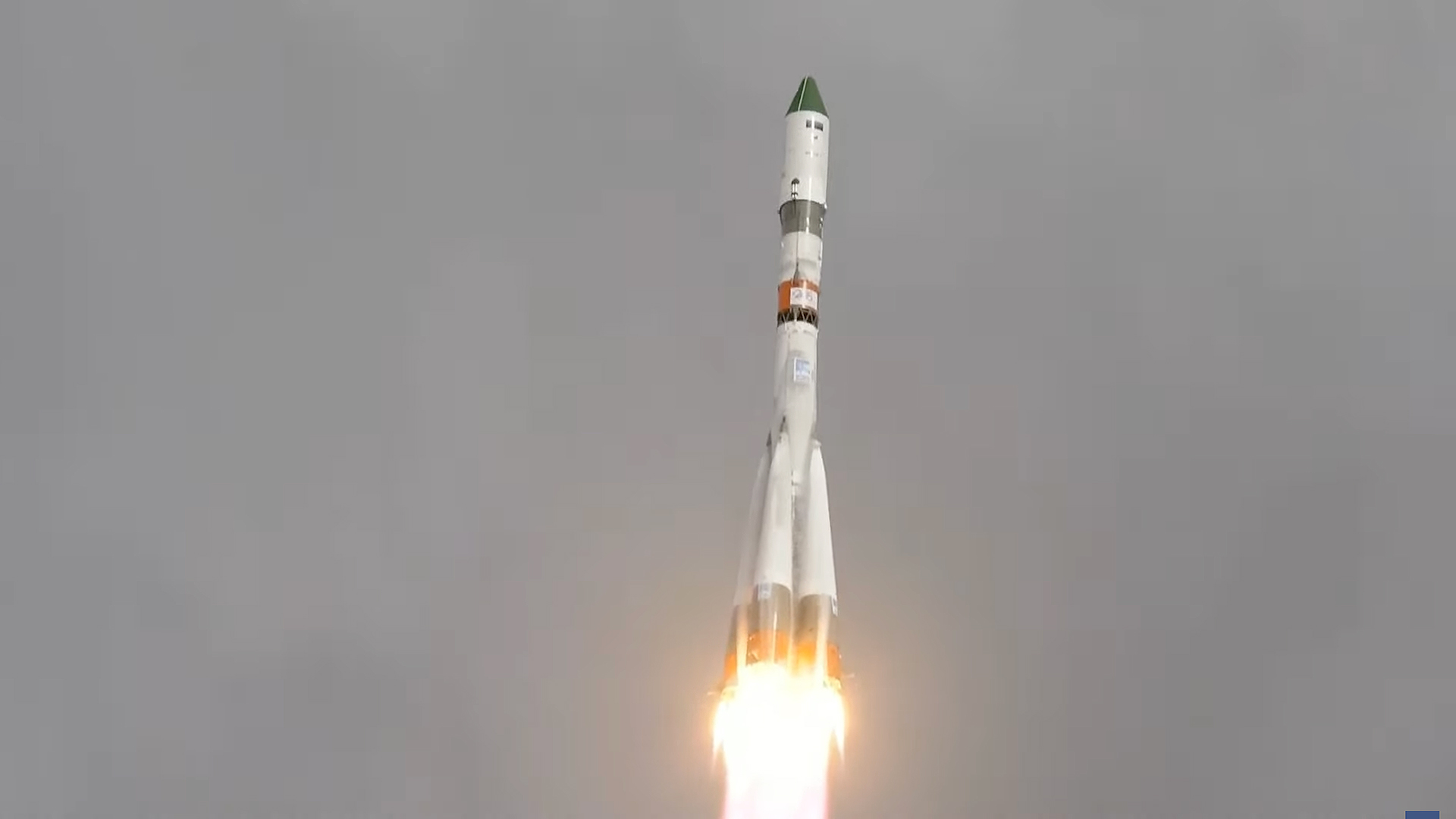
Κινούμενα σχέδια του διαστημικού σκάφους Orion που πετά γύρω από το φεγγάρι. Πίστωση: NASA.
Επί Αρτέμιδος Α’, που είναι προγραμματίζεται να κυκλοφορήσει Ήδη στις 29 Αυγούστου,[{” attribute=””>NASA plans to accomplish several primary objectives. These include demonstrating the performance of the Orion spacecraft’s heat shield from lunar return velocities, demonstrating operations and facilities during all mission phases from launch countdown through recovery, and retrieving the crew module for post-flight analysis.
However, as the first integrated flight of the Space Launch System rocket, Orion spacecraft, and the exploration ground systems at NASA’s 21st century spaceport in Florida, engineers hope to accomplish a host of additional test objectives to better understand how the spacecraft performs in space and prepare for future missions with crew.
Accomplishing additional objectives helps reduce risk for missions with a human crew aboard. This also provides extra data so engineers can assess trends in spacecraft performance or improve confidence in spacecraft capabilities. Some of the additional objectives planned for the Artemis I mission include:
Modal survey
On the European-built service module, Orion is equipped with 24 reaction control system (RCS) thrusters. These are small engines responsible for moving the spacecraft in different directions and rotating it. The modal survey is a prescribed series of small RCS firings that will help engineers ensure the structural margin of Orion’s solar array wings during the mission. Flight controllers will command several small firings of the engines to cause the arrays to flex. They will measure the impact of the firings on the arrays and evaluate whether the inertial measurement units used for navigation are experiencing what they should. Until the modal survey is complete, large translational burns are limited to 40 seconds.

During Artemis I, the uncrewed Orion spacecraft will launch on the most powerful rocket in the world and travel thousands of miles beyond the Moon, farther than any spacecraft built for humans has ever flown. Credit: NASA
Optical navigation camera certification
Orion has an advanced guidance, navigation, and control (GN&C) system. This is responsible for always knowing where the spacecraft is located in space, which way it’s pointed, and where it’s going. It primarily uses two star trackers. These sensitive cameras take pictures of the star field around Orion, the Moon, and Earth, and compare the pictures to their built-in map of stars. The Optical navigation camera is a secondary camera that takes images of the Moon and Earth to help orient the spacecraft by looking at the size and position of the celestial bodies in the image. Several times during the mission, the optical navigation camera will be tested to certify it for use on future flights. Once certified, the camera also can help Orion autonomously return home if it were to lose communication with Earth.
Solar array wing camera Wi-Fi characterization
Cameras affixed to the tips of the solar array wings communicate with Orion’s camera controller through an onboard Wi-Fi network. Flight controllers will vary the positioning of the solar arrays to test the Wi-Fi strength while the arrays are in different configurations. The test will allow engineers to optimize how quickly imagery taken by cameras on the ends of the arrays can be transmitted to onboard recorders.

Artemis I will be the first integrated flight test of NASA’s deep space exploration system: the Orion spacecraft, Space Launch System (SLS) rocket and the ground systems at Kennedy Space Center in Cape Canaveral, Florida. The first in a series of increasingly complex missions, Artemis I will be an uncrewed flight that will provide a foundation for human deep space exploration, and demonstrate our commitment and capability to extend human existence to the Moon and beyond. During this flight, the uncrewed Orion spacecraft will launch on the most powerful rocket in the world and travel thousands of miles beyond the Moon, farther than any spacecraft built for humans has ever flown, over the course of about a three-week mission. Credit: NASA
Crew module/service module surveys
Flight controllers will use the cameras on the four solar array wings to take detailed photos of the crew module and service module twice during the mission to identify any micrometeoroid or orbital debris strikes. A survey conducted early on in the mission will provide images soon after the spacecraft has flown beyond the altitude where space debris resides and a second survey on the return leg will occur several days before reentry.
Large file delivery protocol uplink
Engineers in mission control will uplink large data files to Orion to better understand how much time it takes for the spacecraft to receive sizeable files. During the mission, flight controllers use the Deep Space Network to communicate with and send data to the spacecraft, but testing before the flight hasn’t included using the network. The test will help inform engineers’ understanding of whether the spacecraft uplink and downlink capability is sufficient to support human rating validation of end-to-end communication prior to Artemis II, the first flight with astronauts.

During Artemis I, Orion will venture thousands of miles beyond the moon during an approximately three-week mission. Credit: NASA
Star tracker thermal assessment
Engineers hope to characterize the alignment between the star trackers that are part of the guidance, navigation, and control system and the Orion inertial measurements units, by exposing different areas of the spacecraft to the Sun and activating the star trackers in the different thermal states. The measurements will inform the uncertainty in the navigation state due to thermal bending and expansion which ultimately impacts the amount of propellant needed for spacecraft maneuvers during crewed missions.
Radiator loop flow control
Two radiator loops on the spacecraft’s European Service Module help expel heat generated by different systems throughout the flight. There are two modes for the radiators. During speed mode, the radiator pumps operate at a constant speed to help limit vibrations and is the primary mode used during Artemis I and during launch for all Artemis flights. Control mode allows for better control of the radiator pumps and their flow rate, and will be used on crewed missions when more refined control of flow through the radiators is desired. This objective will test the control mode to provide additional data about how it operates in space.

Artist’s impression of Orion over the Moon. Orion is NASA’s next spacecraft to send humans into space. It is designed to send astronauts further into space than ever before, beyond the Moon to asteroids and even Mars. When they return to Earth, the astronauts will enter our atmosphere at speeds over 32,000 km/h but the capsule will protect them and ensure a bumpy but safe landing. Credit: NASA/ESA/ATG Medialab
Solar array wing plume
Depending on the angle of Orion’s solar array wings during some thruster firings, the plume, or exhaust gasses, from those firings could increase the arrays’ temperature. Through a series of small RCS firings, engineers will gather data to characterize the heating of the solar array wings.
Propellant slosh
Liquid propellant kept in tanks on the spacecraft moves differently in space than on Earth because of the lack of gravity in space. Propellant motion, or slosh, in space is hard to model on Earth, so engineers plan to gather data on the motion of the propellant during several planned activities during the mission.
Search acquire and track (SAT) mode
SAT mode is an algorithm intended to recover and maintain communications with Earth after loss of Orion’s navigation state, extended loss of communications with Earth, or after a temporary power loss that causes Orion to reboot hardware. To test the algorithm, flight controllers will command the spacecraft to enter SAT mode, and after about 15 minutes, restore normal communications. Testing SAT mode will give engineers confidence it can be relied upon as the final option to fix a loss of communications when a crew is aboard.

This artist’s rendering shows an aerial view of the liftoff of NASA’s Space Launch System (SLS) rocket. This Block 1 crew configuration of the rocket that will send the first three Artemis missions to the Moon. Credit: NASA/MSFC
Entry aerothermal
During entry of the spacecraft through Earth’s atmosphere, a prescribed series of 19 reaction control system firings on the crew module will be done to understand performance compared to projected data for the sequence. Engineers are interested in gathering this data during high heating on the spacecraft where the aerothermal effects are largest.
Integrated Search and Rescue Satellite Aided Tracking (SARSAT) functionality
The SARSAT test will verify connectivity between beacons to be worn by crew on future flights and ground stations receiving the signal. The beacons will be remotely activated and powered for about an hour after splashdown and will also help engineers understand whether the signal transmitted interferes with communications equipment used during recovery operations, including Orion’s built-in tri-band beacon which transmits the spacecraft’s precise location after splashdown.
Ammonia boiler restart
After Artemis I splashdown, Orion’s ammonia boiler will be turned off for several minutes and then restarted to provide additional data about the system’s capability. Ammonia boilers are used to help control the thermal aspects of the spacecraft to keep its power and avionics systems cool and keep the interior of the crew module at a comfortable temperature for future crews. In some potential contingency landing scenarios for crewed missions, crews may need to turn off the ammonia boiler to check for hazards outside the spacecraft, then potentially turn it back on to provide additional cooling.
Engineers will perform additional tests to gather data, including monitoring the heatshield and interior components for saltwater intrusion after splashdown. They also will test the GPS receiver on the spacecraft to determine the spacecraft’s ability to pick up the signal being transmitted around Earth, which could be used to augment the spacecraft’s ability to understand its positioning in the event of communications loss with mission controllers.
Collectively, performing additional objectives during the flight provides additional information engineers can use to improve Orion. This is critical as it is NASA’s spacecraft that will take humans to deep space for years to come.

“Ερασιτέχνης διοργανωτής. Εξαιρετικά ταπεινός web maven. Ειδικός κοινωνικών μέσων Wannabe. Δημιουργός. Thinker.”


